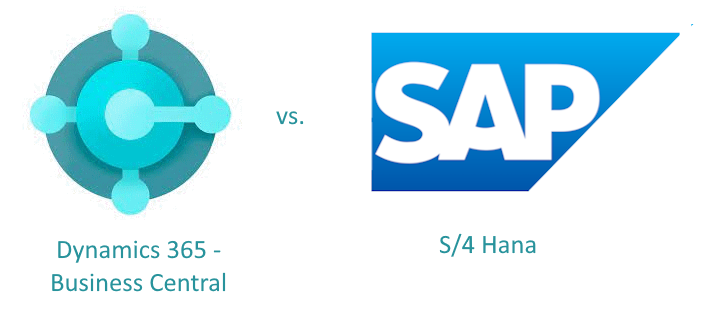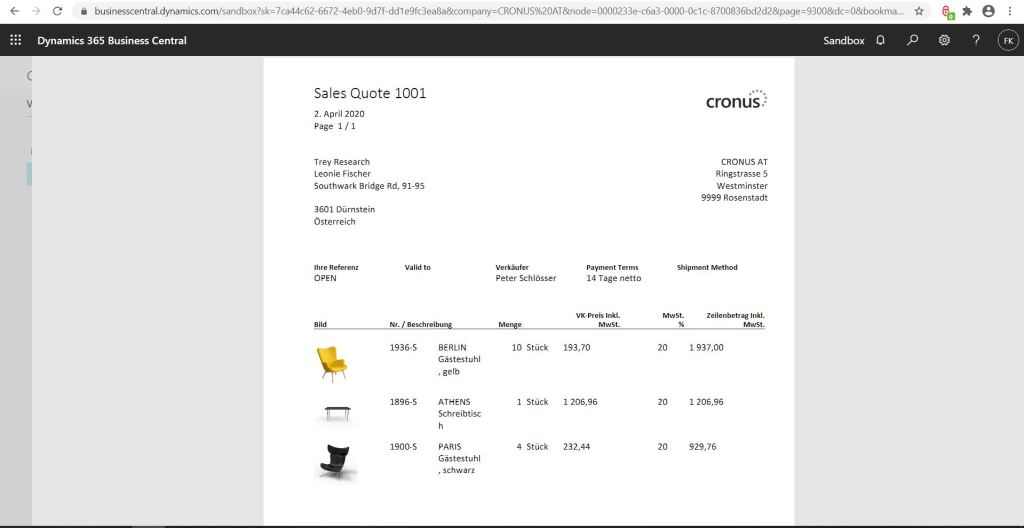Das ERP Projekt
Wie es meist abläuft?
Gerade beim Starten einer ERP Einführung werden manchmal viele Fehler gemacht, bei kleineren Firmen im Besonderen. Budget und Zeit werden deutlich überschritten, Anforderungen werden nicht erfüllt.
Warum?
- Der aktuelle Software Partner nimmt das Projekt zu wenig ernst.
- Unerfahrene Junior Berater übernehmen das Projekt.
- Es wurde keine oder eine unzureichende Business Analyse durchgeführt.
- Das Projektmanagement hat schlichtweg versagt.
- Anforderungen werden nicht oder schlampig umgesetzt.
- Termine werden nicht eingehalten.
- Der Berater ist oft nicht erreichbar, hält keine Zusagen ein.
- Die behaupteten Ergebnisse sind nicht nachvollziehbar.
- Das Vertragswerk benachteiligt den Kunden erheblich.
- Die Basis Einrichtung, speziell die Fibu Einrichtung wird schlampig umgesetzt.
- Die Altdaten werden vor der Übernahme nicht bereinigt und korrigiert.
- Bei der Datenmigration wird unsauber gearbeitet, Folge sind Fehler bei den importierten Daten.
- Es wird viel zu wenig getestet.
- Die Mitarbeiter des Kunden werden viel zu wenig eingebunden.
Folgen
- Ärger mit dem Partner und der Software dauert oft Jahre.
- Ein Partnerwechsel wird kaum in Betracht gezogen, da das Risiko als zu hoch eingeschätzt wird.
—
Wie sollte die Einführung von Business Central, generell von einem ERP System ablaufen?
- Mit einer umfassenden Business Analyse werden ihre Prozesse erfasst, obsolete Prozesse frühzeitig erkannt, Optimierungen werden vorgeschlagen.
- Die Analysen werden genau protokolliert und dokumentiert.
- Die Datenmigration wird detailliert vorbereitet, die Altdaten werden zuvor gesichtet, bereinigt, korrigiert.
- Die Buchhaltung wird genau besprochen, Kontenplan, Buchungsgruppen und dgl. Die Einrichtung wird entspechend vorbereitet.
- Die Berichte werden besprochen, Layout und Informationen definiert.
- Nötige Anpassungen werden erörtert.
- Ein Testsystem wird aufgesetzt, die Basis Einrichtung inkl. Fibu wird umgesetzt, ein wesentliches Set an Echtdaten wird übernommen, die Mitarbeiter des Kunden arbeiten damit, um das System kennenzulernen.
- Die besprochenen Anpassungen bei den Tabellen, Formularen, Berichten werden umgesetzt und getestet. Erforderliche Änderungen werden übernommen und ebenfalls getestet.
- Termine werden eingehalten, Hindernisse und Verschiebungen werden zeitgemäß bekanntgegeben.
- Das Projektmanagement arbeitet agil, Tasks werden in einem passenden Tool wie Jira oder MS Planner verwaltet.
- Nach erfolgreichen Tests mit dem Testsystem wird das Produktivsystem aufgesetzt, die Anpassungen (Tabellen, Formulare, Berichte, Schnittstellen) werden eingespielt, die Einrichtung incl. Fibu durchgeführt, die Datenmigration wird vorbereitet und Schritt für Schritt die Datenbank aufgebaut, die Eröffnungsbilanz eingerichtet, Abnahmetests schließen den Vorgang ab, der GoLive wird einige Tage bis Wochen begleitet, notwenige Änderungen und Korrekturen durchgeführt.



